Materials Science
Fabric reaper for curtains and fashion clothes
The “reaper” fabric is a fabric with a relief surface that has the ability to stretch. The header fabric is beautiful and easy to maintain. The relief effect is provided with the help of various technological methods, and depending on them, materials of different densities are obtained. In addition to technologies, these fabrics differ in the composition of raw materials, therefore, they have specific purposes. There are fabrics for clothes, bed linen, curtains, accessories.
The reaper fabric is related to gauze, which was admired by girls in the 70s and 80s of the twentieth century. However, the gauze is thin and soft, loose and relatively transparent, almost weightless fabric, but it also has the appearance of some bruising. Many types of reapers appeared in about the same years as gauze, but they have a higher density and a sharper relief.
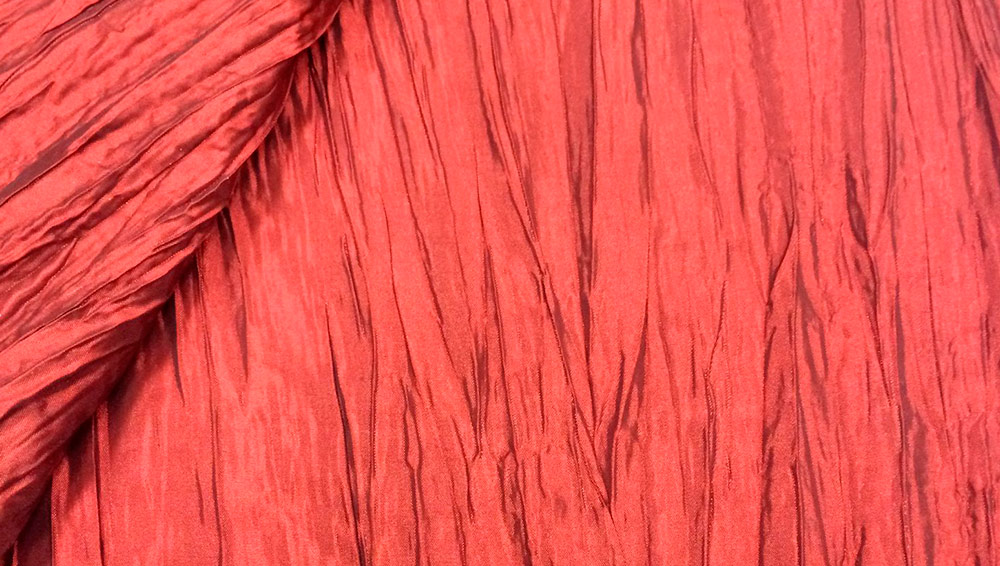
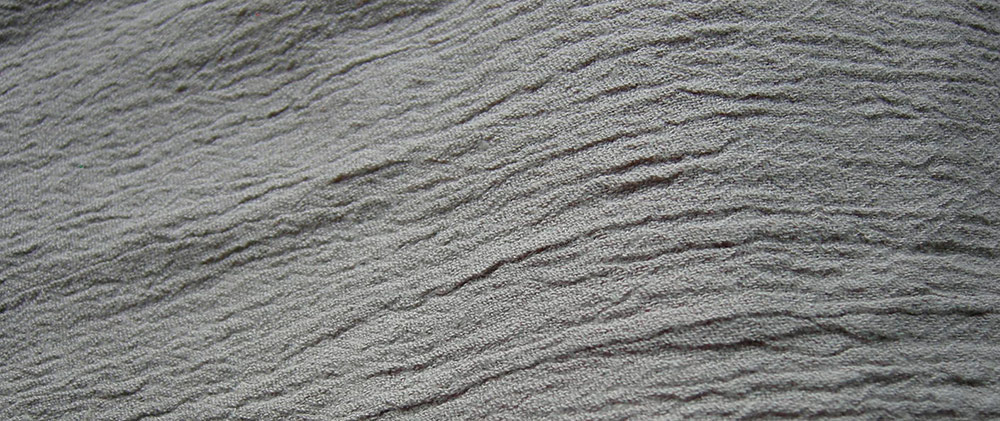
Header types
Header cloth is a type of crepe. Crepe is a group of fabrics that differ in their weaving and composition, characterized by an uneven, rough structure. Crepe fabrics can be made from different materials. The word crepe itself means the name of the fiber weaving technique, which uses repeated strong twisting of the threads.
The twisting force of the fibers is increased many times, as a result of which the material becomes strong. The crepe header has some "springiness", the ability to stretch, sometimes, depending on the raw material, the fabric has a beautiful shine. The embossed surface of the fabric is in the form of a variety of patterns.
High-quality crepe has properties such as strength, brightness of color, which persists for a long time, does not fade. All high density crepes are light and thin, delicate and beautiful.
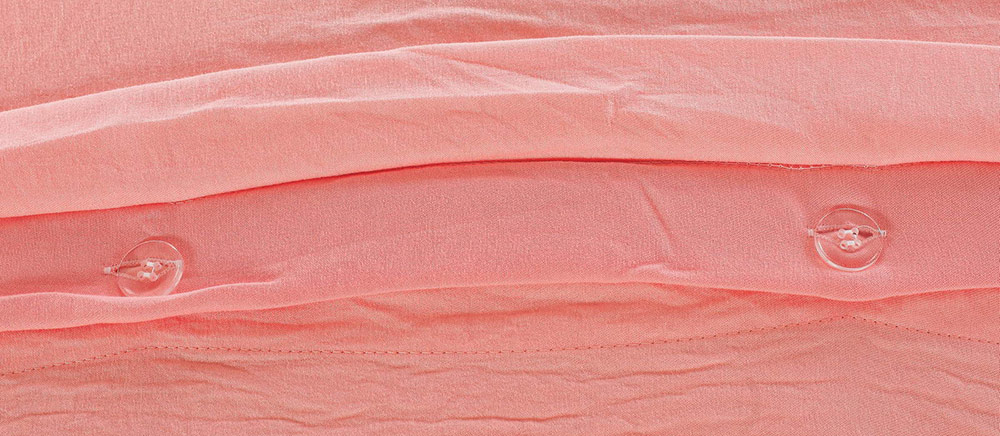
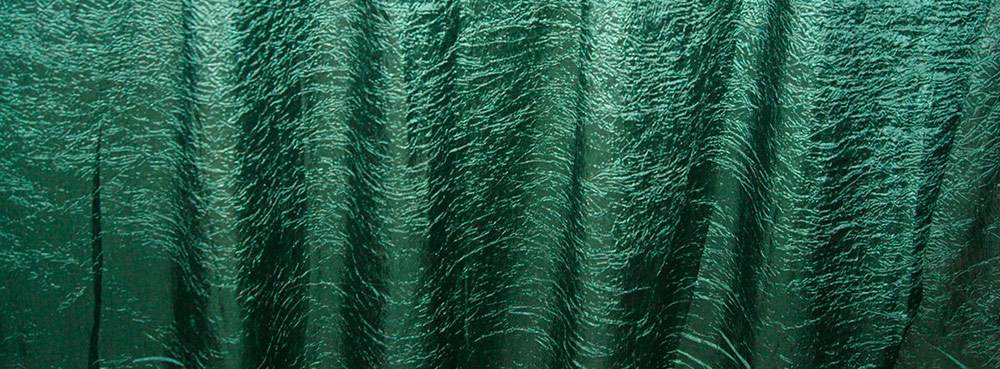
Initially, fabrics with such a weave, that is, crepes, made from silk threads, then they began to produce from wool, cotton, viscose, synthetic materials. The original embossed surface may differ, since the fabric is created by twisting threads, heat treatment and the use of fibers of various raw materials.
The densest and most durable is silk or cotton crepe. This type belongs to natural crepes. The fabric is used for sewing women's clothing, men's shirts, bed linen.
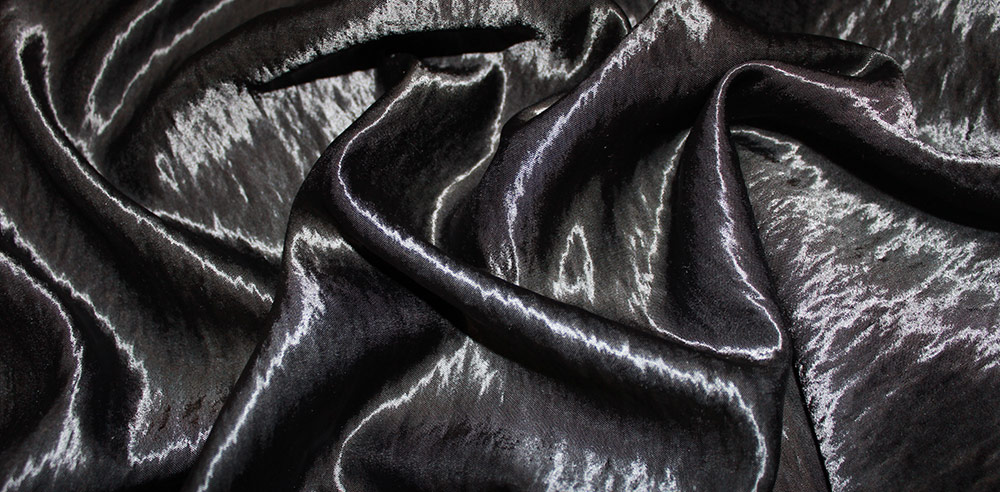
Crushed viscose (crash) obtained from artificial fibers by heat treatment. This fabric is less durable than natural crepe, its relief is not as durable, but still, the fabric is very beautiful, well suited for summer wear, home textiles and relatively inexpensive. The fabric of the dress reaper is soft and can be draped well.
There is another type of header - mixed and synthetic header. This fabric is with the addition of artificial fibers, so its strength is quite serious, and the cost is low.
In synthetic fabrics with the help of special manufacturing and processing technologies, the relief looks just as great as on thin natural fabrics. However, there are many different species in this category as well. For example, there are so dense that they are used for tourist clothing and accessories. They are additionally impregnated and treated with special mixtures, due to which the material does not deform, withstands frost, does not get wet and is very durable.
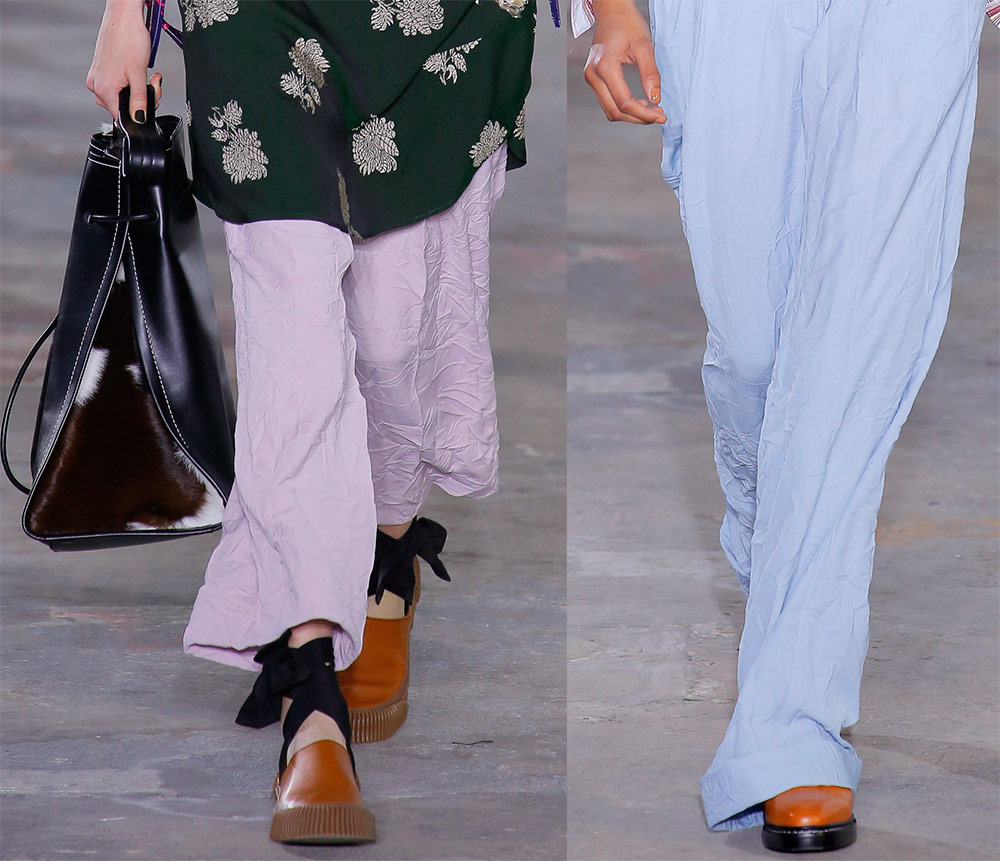
31 Phillip Lim
Thus, depending on the different methods of twisting the fibers, heat treatment of ready-made fabrics, the use of threads of different composition, under the influence of different temperatures, different crepes-reapers are obtained, they are simply called reapers, tergalet, crash, crinkle, etc. These are crumpled organza, crash satin or viscose, crinkle taffeta.
Tergalet is made from a thermoplastic material of plain weave, often artificial or synthetic fibers, for example, polyester, are used for the production of raw materials. Chaotic folds and breaks of the tergalette form an original relief surface. Fixation of tissue fractures, as already mentioned, occurs under the influence of high temperatures. Tergalet is a great fabric for curtains, bedspreads and other home furnishings.
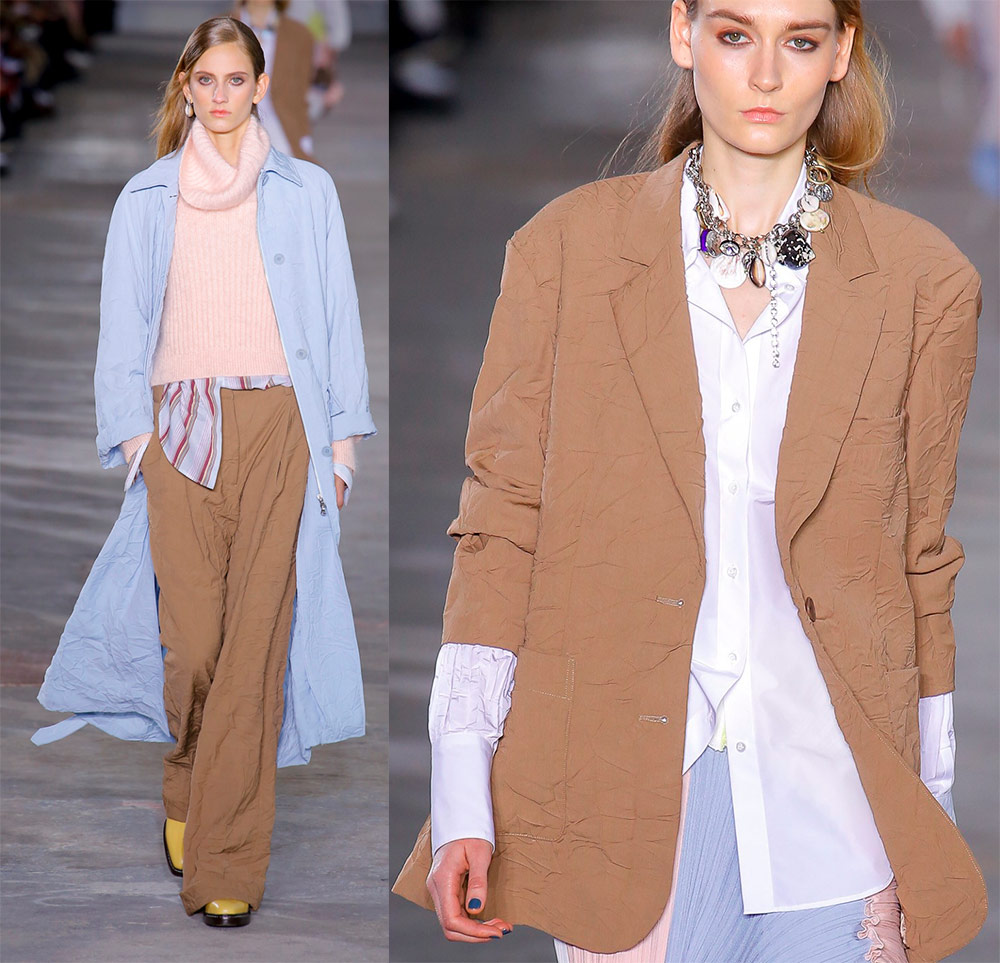
Advantages and properties of the header
1. Nice appearance. The beauty of the fabric is due to the originality of the embossed surface. Products made from this fabric look stylish and effective.
2. Crease resistance. Crumpled fabric does not need to be ironed, so the garments look great even after long-term use.
3. Strength and wear resistance. A special manufacturing technology gives the fabric strength and density, while leaving it lightweight.
4. Easy maintenance. This material is machine washable, no dry cleaning required.
You can talk for a long time about each type of header, naming its advantages, and most importantly, simple care among them.
Header care
As mentioned, the header is easy to care for. And yet, in order for it to please us longer, it is necessary to take into account some peculiarities.
For example, bed linen or curtains after washing should not be ironed at all. Slightly dispersed "bruises" will completely recover after washing.
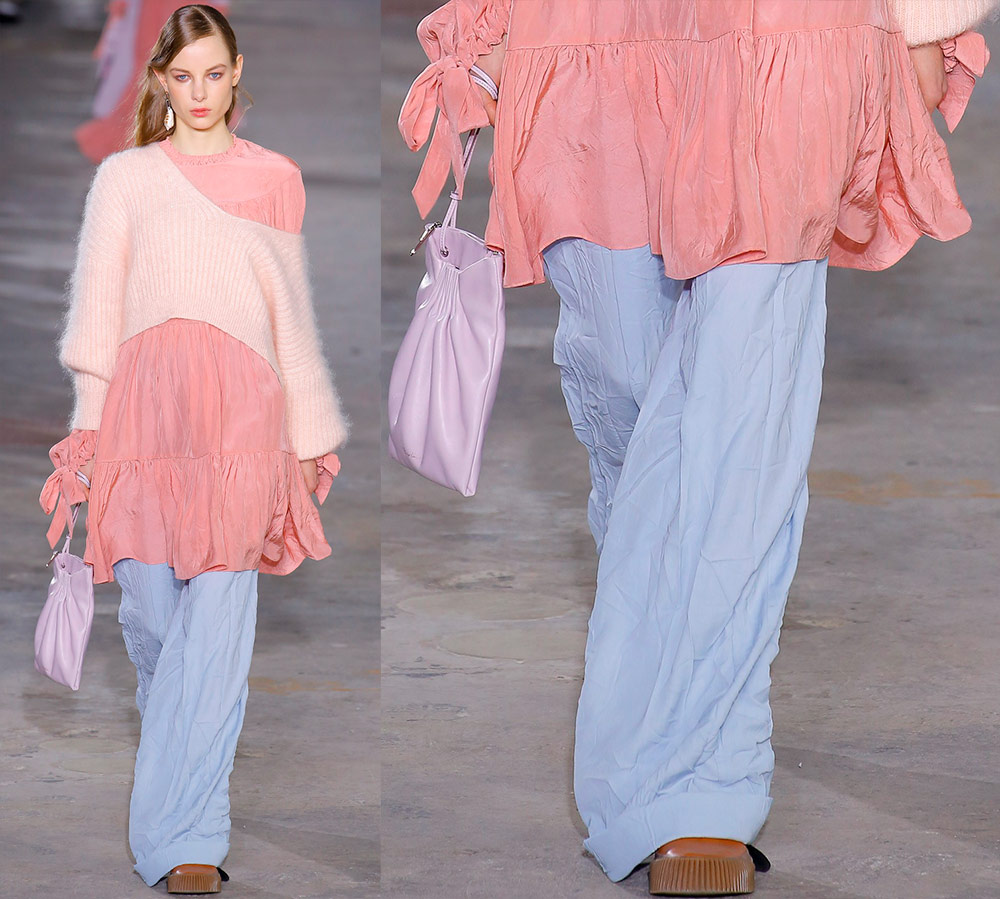
Crumpled fabric withstands machine wash and spin well, only silk crepe should be washed on a delicate cycle at a water temperature of 30-40 ° C. It is better to use more gentle detergents. Most often, dresses or other clothing can be simply flattened and dried without further ironing.
It is better to dry away from heating appliances and direct sunlight.
There are situations when, after washing and drying, the products become slightly smaller in size. In this case, you can stretch the fabric slightly by hand, slightly moisten it and smooth it from the inside out. Here you have to be careful not to overdo it, otherwise you will get a larger size now. Then again it will be necessary to moisten the product, then dry it so that it shrinks. Dispersed "bruises", or a somewhat spoiled relief, is restored during washing.
Originality, elasticity, crease resistance, durability and easy maintenance have created a good reputation for this material.
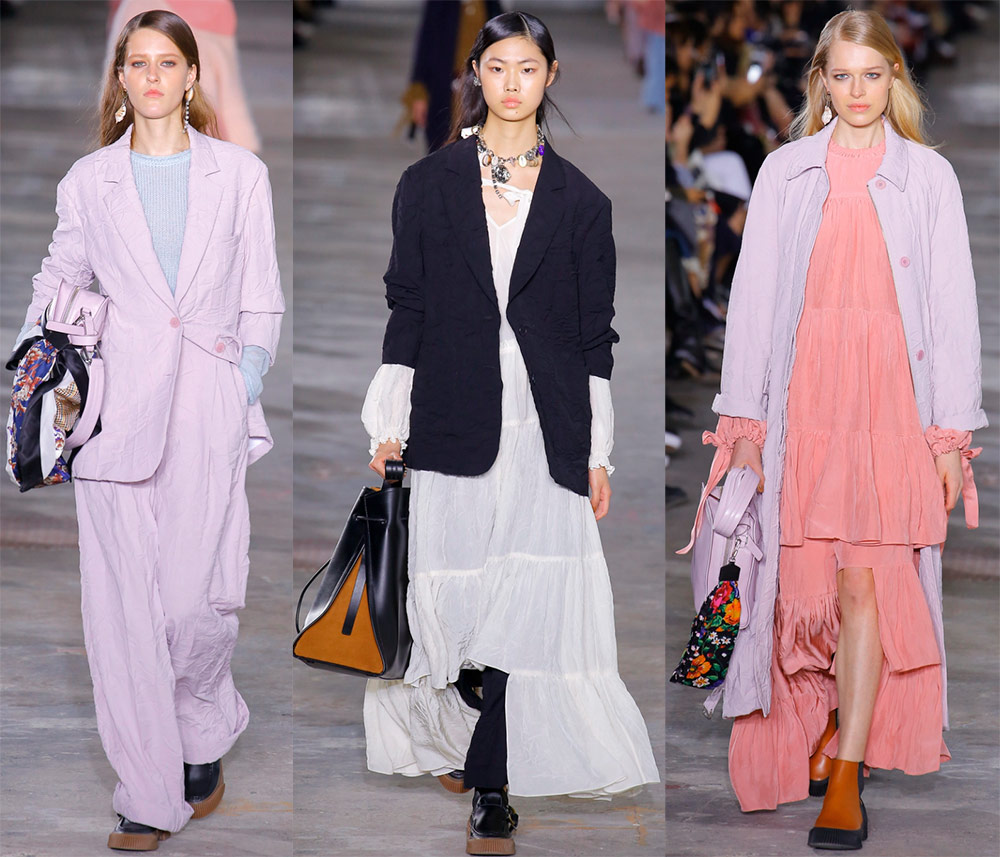
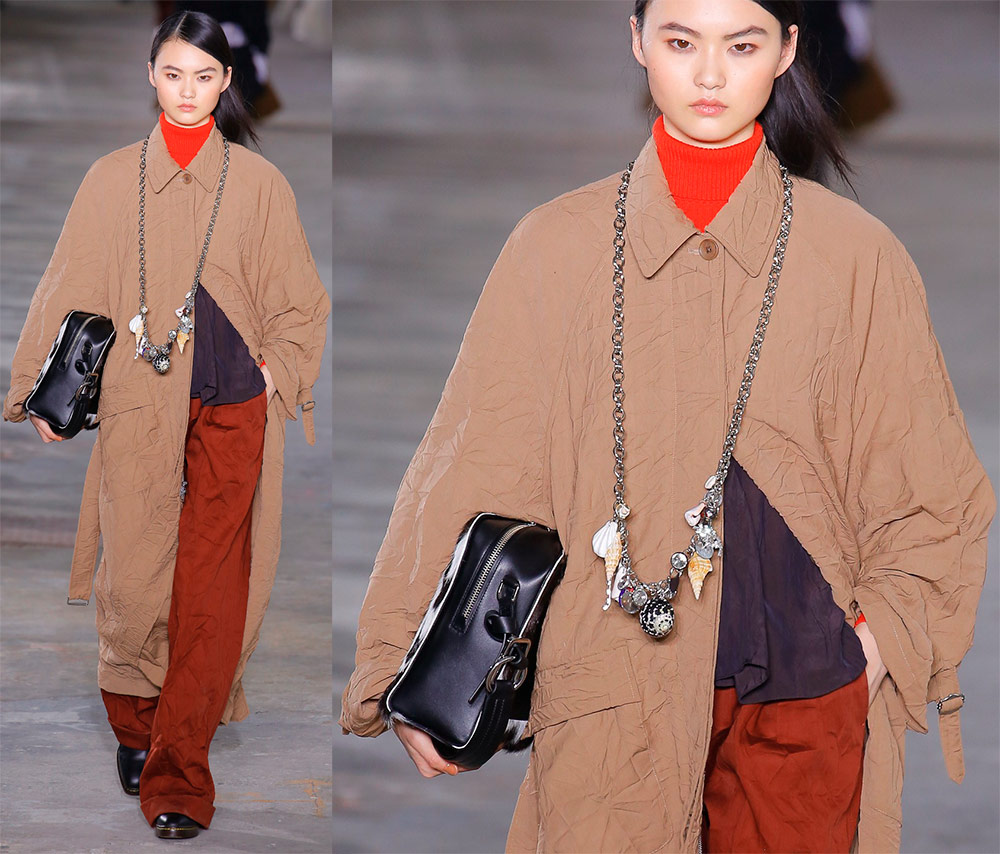
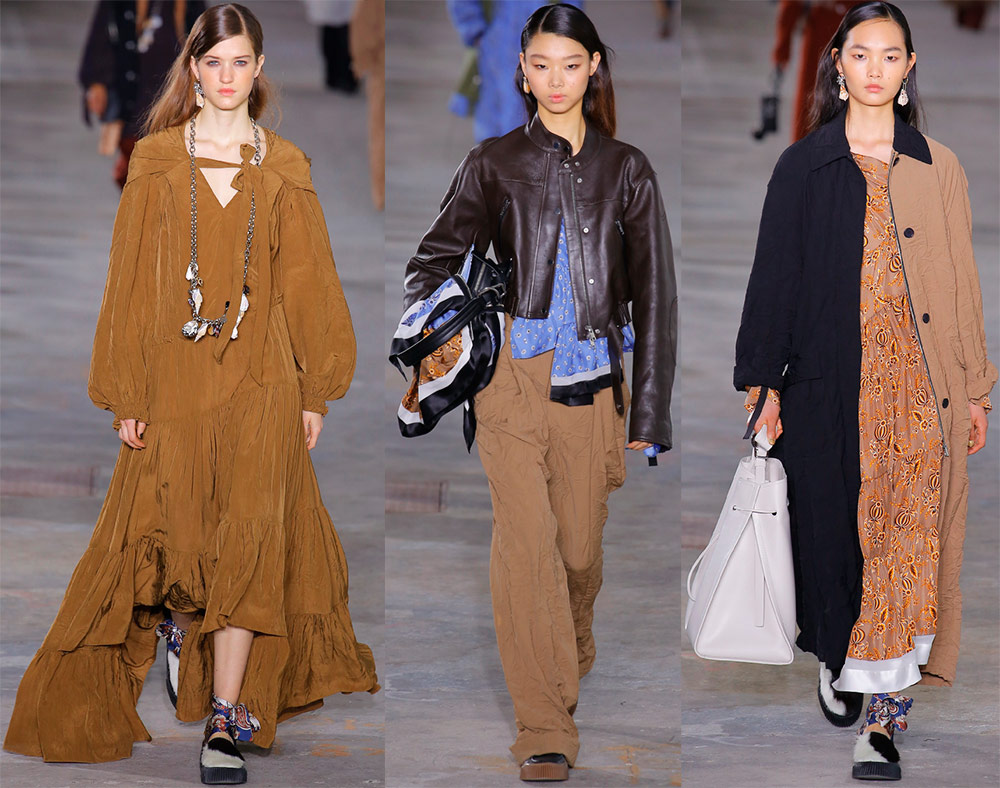
Comments and Reviews
Add a comment
Similar materials
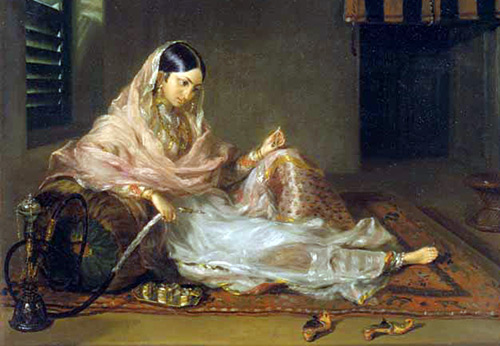 Muslin fabric - description and properties
Muslin fabric - description and properties
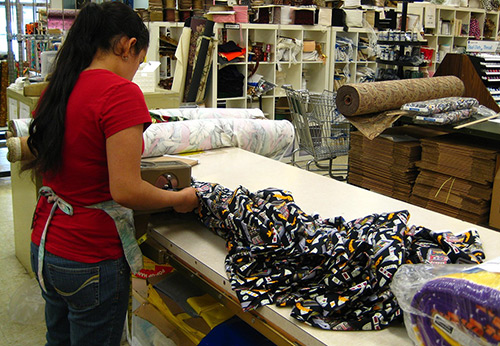 The beauty and properties of fabric - crepe-morocin
The beauty and properties of fabric - crepe-morocin
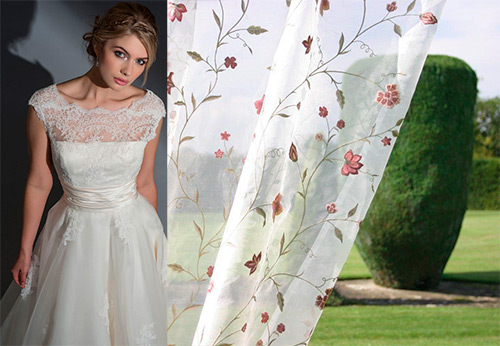 Shining organza fabric - properties, types and uses
Shining organza fabric - properties, types and uses
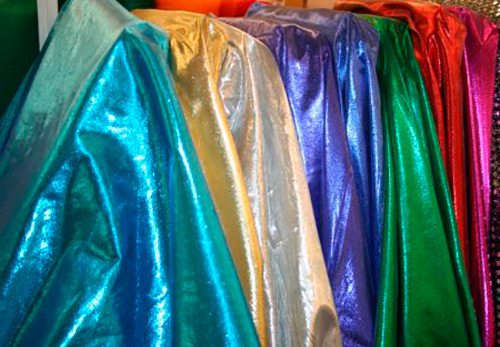 The story of a luxurious llama fabric with shiny metallic thread
The story of a luxurious llama fabric with shiny metallic thread
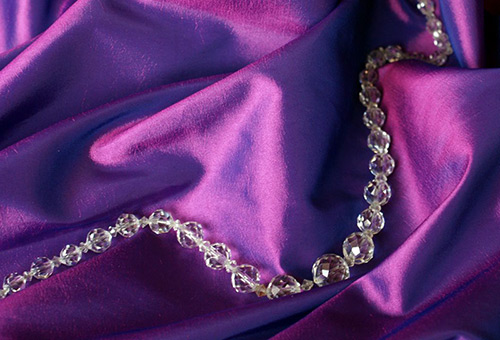 Taffeta fabric - varieties and care
Taffeta fabric - varieties and care
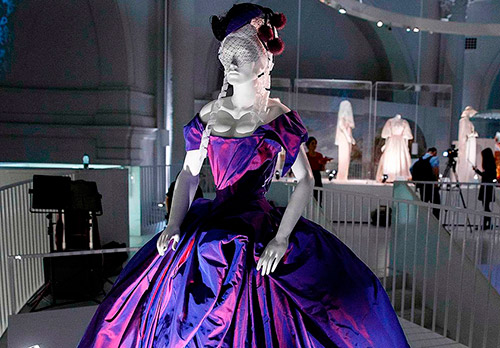 Changjang fabric - a luxurious palette of a chameleon
Changjang fabric - a luxurious palette of a chameleon
Rating news
Shades of clothing that make women look younger
What shades of hair make women younger: rules and photos
Funny wedding dresses - photos and ideas
12 most expensive down jackets for the winter
How to look 25 at 40: tips from supermodels
Beautiful schoolgirls
Anti-aging haircuts and hairstyles for women
Fashionable skirts for autumn and winter
Fashionable women's trousers for the cold season
Fashionable and stylish sandals for summer 2024
Spring-summer 2024
 Fashionable dresses and tops with thin spaghetti straps
Fashionable dresses and tops with thin spaghetti straps
 Bandana tops: how to wear stylishly and beautifully
Bandana tops: how to wear stylishly and beautifully
 How to put together the perfect men's wardrobe for the summer
How to put together the perfect men's wardrobe for the summer
 Fashionable shorts for spring-summer 2024
Fashionable shorts for spring-summer 2024
 Fashionable skirts for spring-summer 2024: a guide to online shopping
Fashionable skirts for spring-summer 2024: a guide to online shopping
 The most fashionable dresses spring-summer 2024: styles and colors
The most fashionable dresses spring-summer 2024: styles and colors
 Fashionable total look 2024: ideas of images and trends
Fashionable total look 2024: ideas of images and trends